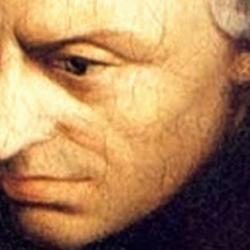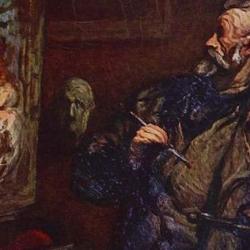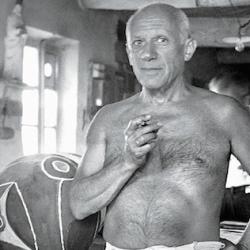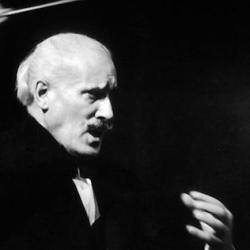Jenson, again in the Song of Songs commentary, arrestingly described beauty as “realized eschatology.”
He begins, of all places, with Kant. For Kant beauty is “the unlaborious coincidence of the actual and the ideal, the way in which some things show forth what they ought to be by what they serendipitously are, and insofar do not need to be improved by our moral efforts.” Translated to theology, this means that beauty is “realized eschatology, the present glow of the sheer goodness that will be at the end.”
Natural beauty is, on this view, anticipation of fulfilled creation. But what about art? How can that be a “present glow of sheer goodness,” given that artists put a lot of labor to get things right? Jenson answers: Works of art are products of labor, “but their beauty is not. The artifacts have indeed been labored upon – or should have been – but those artists whose work is in fact beautiful all testify that the beauty of what they have made is a sort of extra gift from they know not where; by no accident, theorists in the Romantic movement called it ‘inspiration.’” In fact, “the coincidence of a present thing with its end cannot be the direct object of our labor, since we have no vision of the end except what is granted precisely in that same labor.” We don’t have a pre-existing vision of the ideal, to which we conform our objects; that vision is given in the labor over the object, precisely given , precisely a gift.











